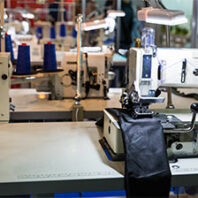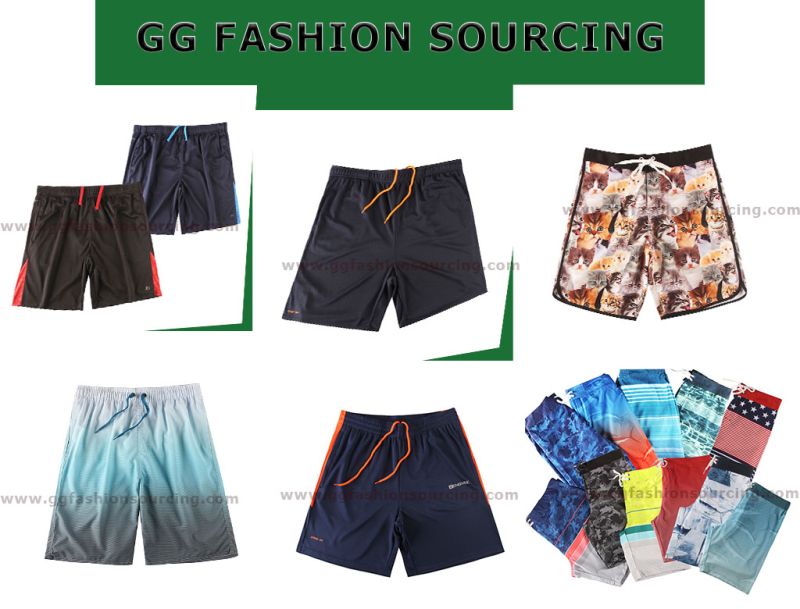Custom clothing has gained immense popularity as people seek unique and personalized garments that reflect their individuality. Behind the scenes, a meticulous and intricate manufacturing process brings these custom designs to life. In this article, we delve into the world of custom clothing manufacturing, exploring the step-by-step process that transforms ideas into tangible garments.
-
Design Conceptualization: The custom clothing manufacturing process begins with the creation of a design concept. This phase involves collaborating closely with the client to understand their vision, style preferences, and specific requirements. Skilled designers translate these ideas into sketches or digital renderings, incorporating details such as silhouette, fabric choices, and embellishments.
-
Pattern Making: Once the design concept is finalized, pattern makers come into play. They meticulously create patterns by translating the design into a blueprint that acts as a guide for cutting and sewing the fabric. These patterns are often made using specialized software or created by hand, ensuring precise measurements and accurate construction.
-
Fabric Selection: Choosing the right fabric is crucial in custom clothing manufacturing. The fabric should align with the design concept, taking into account factors such as drape, texture, and color. Fabric experts work closely with clients to guide them in selecting materials that not only meet their aesthetic preferences but also offer comfort and durability.
-
Cutting and Marking: With the patterns in hand and fabric selected, the cutting process begins. Fabric cutters use the patterns as guides to carefully cut the chosen fabric into the required shapes and sizes. Precision and attention to detail are essential at this stage to ensure accurate and consistent results.
-
Sewing and Construction: The cut fabric pieces are then passed on to skilled seamstresses and tailors who bring the garment to life through sewing and construction. They meticulously stitch the fabric pieces together, following the pattern and design specifications. This stage involves various techniques, such as seam finishing, hemming, and adding closures like buttons or zippers.
-
Fitting and Alterations: Once the garment is assembled, it undergoes a fitting process. The client tries on the garment, and any necessary alterations or adjustments are made to ensure a perfect fit. Skilled tailors carefully modify the garment, making changes to the size, length, or other details to achieve the desired fit and silhouette.
-
Finishing Touches: After the fitting and alterations, the custom garment enters the final stages of production, where it receives its finishing touches. This includes adding embellishments, trims, or decorative elements that enhance the overall design. Quality control experts thoroughly inspect the garment to ensure it meets the highest standards before it is ready for delivery.
-
Packaging and Delivery: Once the garment has passed all quality checks, it is carefully packaged and prepared for delivery to the client. The packaging process ensures that the garment is protected during transit, maintaining its pristine condition. Custom clothing manufacturers work closely with shipping providers to ensure safe and timely delivery to the client’s doorstep.
Conclusion: The custom clothing manufacturing process is a meticulous journey that transforms creative ideas into personalized garments. From design conceptualization to fabric selection, cutting, sewing, fitting, and finishing touches, each step is carefully executed to create a unique piece of clothing that reflects the client’s vision and style. This process highlights the craftsmanship, attention to detail, and collaborative effort required to bring custom designs to life. So, whether you’re seeking a one-of-a-kind wedding gown or a bespoke suit, understanding the custom clothing manufacturing process adds an extra layer of appreciation for the artistry behind these tailor-made creations.
We are here GG FASHION SOURCING to produce your custom Clothing



